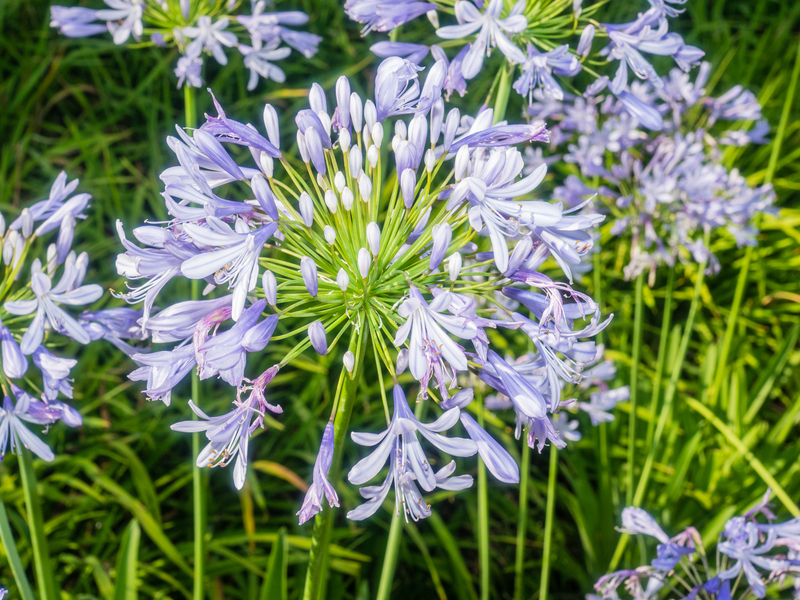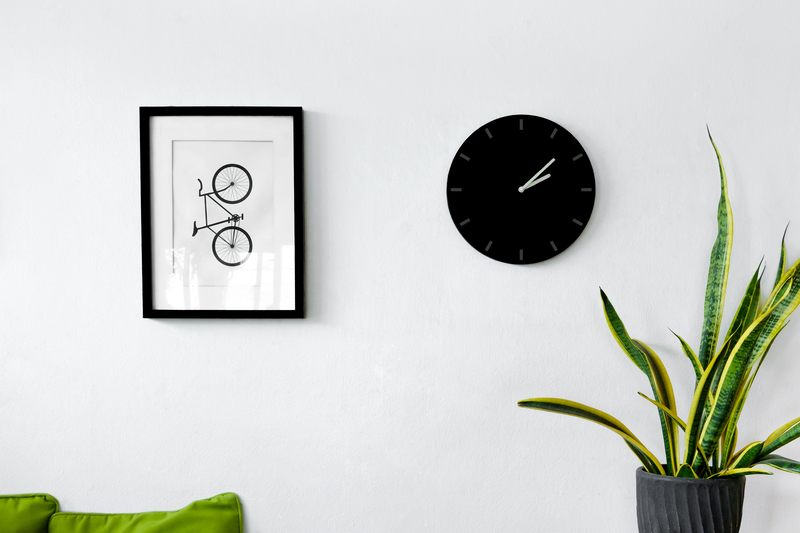Container Gardening Tips for Success
Posted on 04/08/2024
Container gardening is a fantastic way to grow plants when space is limited, such as in urban environments or small yards. It allows for flexibility, creativity, and the ability to cultivate a variety of plants, from fresh vegetables and herbs to vibrant flowers. Whether you are a novice or an experienced gardener, these container gardening tips will help you achieve success.
Choose the Right Containers
Selecting the appropriate containers is essential for the success of your garden. Containers come in various sizes, materials, and styles. Consider the following factors when choosing your containers:
- Size: Ensure the container is large enough to accommodate the root system of the plant. Small containers can restrict root growth and limit the plant's ability to absorb nutrients.
- Material: Containers can be made from plastic, clay, wood, or metal. Clay pots are porous and allow for better air circulation, but they can dry out quickly. Plastic containers retain moisture longer and are lightweight, making them easy to move.
- Drainage: Good drainage is crucial to prevent waterlogged soil and root rot. Choose containers with drainage holes or drill some yourself if needed.

Use High-Quality Potting Mix
A high-quality potting mix provides the essential nutrients and proper drainage that plants need to thrive. Unlike garden soil, potting mix is specially formulated for containers and often contains peat, perlite, and compost. Look for a mix that is light, well-draining, and rich in organic matter.
Watering Tips
Proper watering is one of the most critical aspects of container gardening. Here are some tips to ensure your plants get the right amount of water:
- Check moisture levels regularly by sticking your finger into the soil. If the top inch feels dry, it's time to water.
- Water thoroughly until you see water draining from the bottom of the container. This helps ensure the entire root system receives water.
- Avoid over-watering, which can lead to root rot. Allow the soil to dry slightly between watering sessions.
- Group plants with similar water requirements together to make maintenance easier.
Choose Suitable Plants
Selecting the right plants for your containers can significantly contribute to your gardening success. Here are some popular choices:
- Herbs: Basil, parsley, thyme, and rosemary are excellent choices for containers and can be easily harvested for culinary use.
- Vegetables: Tomatoes, peppers, lettuce, and radishes grow well in containers. Dwarf or compact varieties are best suited for small spaces.
- Flowers: Petunias, marigolds, geraniums, and pansies add color and beauty to your container garden.
Consider the light requirements of each plant, and place sun-loving plants in areas with at least six hours of direct sunlight, while shade-loving plants should be positioned in less sunny spots.
Fertilize Regularly
Plants in containers rely on you to provide the necessary nutrients. Regular fertilization is essential to keep them healthy and thriving. Use a balanced, water-soluble fertilizer every two to four weeks during the growing season. Follow the instructions on the fertilizer package to avoid over-fertilizing, which can harm your plants.
Pruning and Maintenance
Maintaining your container garden involves regular pruning and upkeep. Remove dead or yellowing leaves, pinch off spent flowers, and trim back overgrown plants to encourage new growth. Keep an eye out for pests and diseases, and take action promptly if you notice any issues.
Pros and Cons of Container Gardening
Pros:
- Flexibility: Move containers to different locations for optimal light and temperature conditions.
- Space Efficiency: Ideal for small spaces, balconies, patios, and urban settings.
- Control: Easier to manage soil quality, moisture levels, and pest control.
- Versatility: Grow a wide variety of plants, including those that may not thrive in your local soil conditions.
Cons:
- Watering Frequency: Containers often require more frequent watering than traditional gardens.
- Limited Root Space: Plants may become root-bound and require repotting.
- Initial Cost: Purchasing containers, potting mix, and other supplies can be more costly upfront.

Key Takeaways
- Choose the right containers with adequate drainage.
- Use high-quality potting mix for better plant health.
- Monitor watering needs and avoid over-watering.
- Select suitable plants and group those with similar requirements.
- Regularly fertilize and maintain your garden.
Conclusion
Container gardening is an excellent way to enjoy the benefits of gardening, regardless of space constraints. By selecting the right containers, using high-quality potting mix, maintaining proper watering and fertilization practices, and choosing suitable plants, you can create a thriving and beautiful container garden. With a little effort and attention, you'll be rewarded with a lush and productive garden that brings joy and fresh produce right to your doorstep.












